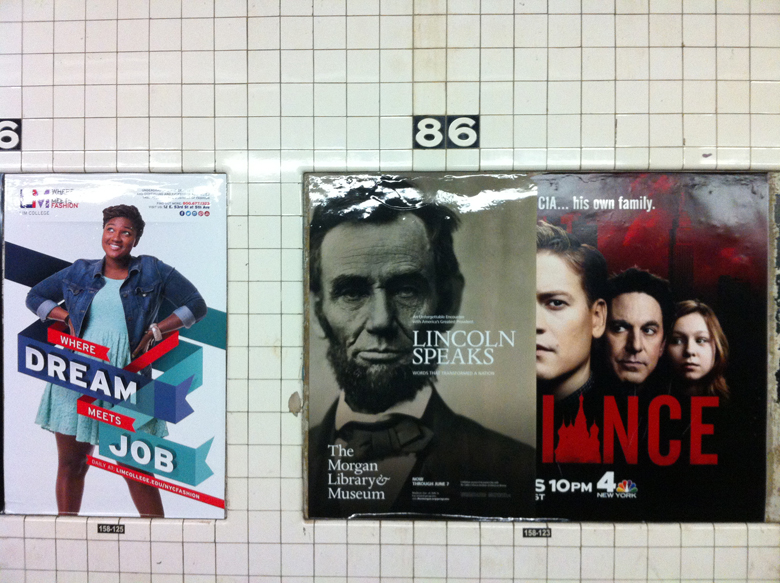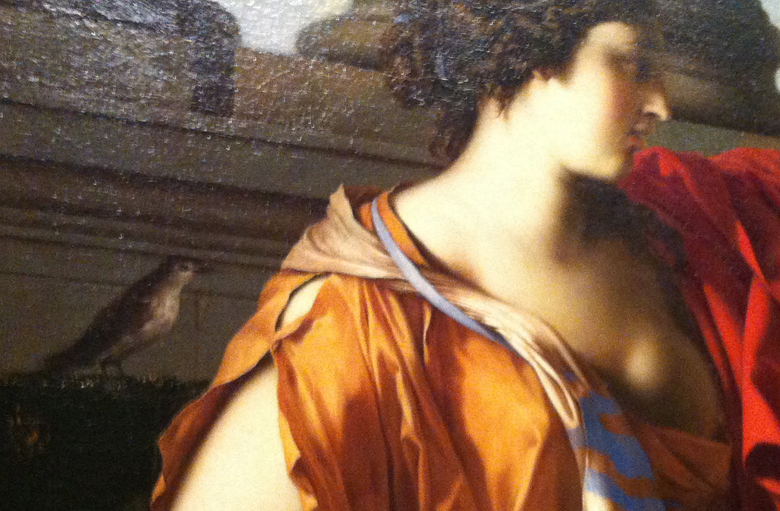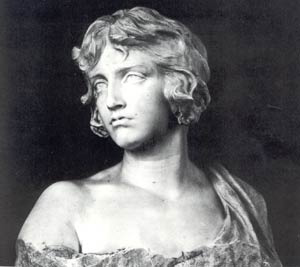LXXXII
Crazy words, crazy tune,
All I ever hear him croon is
Vo-do-de-o, vo-do-do-de-o, do. [sounded with a long “o” as in “doe”]
Washington
At Valley Forge
‘Twas bitter cold and up spoke George
Vo-do-de-o, vo-do-do-de-o, do.
No – you don’t say?
And Simon Legree
In Uncle Tom’s Cabin
What did he say to Uncle Tom?
I’ll tell you what he said,
He took his whip and said to Uncle Tom –
“C’mon, Charleston!”
And in the Senate
The other day
What did our President Coolidge say?
He said: vo-do-de-o, vo-do-do-de-o, do.
[Jack Yellin and Milton Ager, 1927]
Nearly two dozen fires burned out of control across Charleston, S.C., on Feb. 18, 1865, as the Union Army moved into the city where the Civil War had begun four years earlier. A brutal 545-day siege, the longest in American history, had reduced much of the city to rubble and driven away most wealthy residents, while Gen. William T. Sherman’s march through the heart of South Carolina — which threatened to cut off Charleston’s supply line – had prompted Confederate forces in the city to set fire to cotton supplies and munitions and then evacuate.
But the Union soldiers who advanced into Charleston were welcomed with open arms – and not just because they helped put out the flames. Thousands of former slaves thrilled at the sight of their liberators, most of whom were members of the 21st United States Colored Troops. “The negroes cheer us, bless us, dance for joy when they see our glorious flag — pray for us, fight for us, ‘can’t love us enough,’ as they beautifully express it,” wrote James Redpath, a correspondent for The New-York Tribune.
Over the next few months, as the Civil War ground to a halt, Charleston was transformed from the birthplace of secession into the graveyard of slavery. In parades, commemorations and demonstrations, local freedmen and women joined with the occupying force to mark Union victory and the end of the peculiar institution. Although the city had been practically burned to the ground, revelry reigned. Each week brought yet another “festival of freedom,” as the black abolitionist William C. Nell had once dubbed such pageants.
Before the war, Charleston had been the capital of American slavery. Nearly half the slaves transported to what would become the United States first stepped foot on American soil on nearby Sullivan’s Island, “the Ellis Island” of black America. After the international slave trade was closed in 1808, Charleston continued to be a vibrant market for slaves traded locally, as well as for those sold to the burgeoning cotton plantations of Mississippi and Louisiana.
And it wasn’t just the buying and selling of human beings that made slavery so central to the city. For much of its early history, Charleston had a black and enslaved majority and, in the decades leading up to the Civil War, most white households owned at least one slave. Little wonder that Charleston played host not only to the 1860 South Carolina Secession Convention, which broke up the Union in the defense of slavery, but also to the opening salvo of the war with the 1861 firing on Fort Sumter.
This history was no doubt on the minds of black Charlestonians as they observed the liberation of the city four years later. Just hours after Charleston fell, hundreds of newly emancipated men, women and children rejoiced when a company from the Massachusetts 54th marched across the Citadel Green, a park at the center of Charleston. “Shawls, aprons, hats, everything was waved,” wrote C.H. Corey, a Northern minister accompanying the troops. “Old men wept. The young women danced and jumped, and cried, and laughed” in an outpouring of emotion that brought even the soldiers to tears.
Three days later, the all-black Massachusetts 55th Regiment arrived, singing “John Brown’s Body” to the African-American crowds that cheered them on. “Imagine, if you can, this stirring song chanted with the most rapturous, most exultant emphasis, by a regiment of negro troops, who have been lying in sight of Charleston for nearly two years – as they trod with tumultuous delight along the streets of this pro-Slavery city,” Redpath wrote. Some of the men in the 55th “had walked those streets before as slaves,” noted Charles C. Coffin, a Boston Daily Journal correspondent. But now they were free, “soldiers of the Union, defenders of its flag.”
…The festivities fueled the frantic chatter of upcountry slaveholders. Charleston expats traded stories — some true, others false or exaggerated — of interracial balls, plots of black insurrection and the theft and wanton destruction of private property. In Columbia, Emma LeConte seethed in her diary that Charleston recently “had a most absurd procession described in glowing colors and celebrating the Death of Slavery.” It was a world turned upside down. “Abolitionists delivered addresses on the superiority of the black race over white – Adam and Eve were black, so were Cain and Abel, but when the former slew his brother, his great fright turned him white!” [From Disunion: When Freedom Came to Charleston, Blain Roberts and Ethan J. Kytle. New York Times, February 19, 2015]
A figure in classical garb tunes a therobo while around her in studied disarray are a lute, a violin, two flageolets, a shawm, an open part book, and a sheet of flageolet music. Perched on the back of her chair is a nightingale, “a true symbol of music, for the marvelous effects of its voice which charms those who listen to it (Cesare Ripa, Iconologia, 1603). Thus the human voice (musica artificialis) is paired with birdsong (musica naturalis) in celebration of the harmony of the realms. [Exhibit card at the Metropolitan Museum describing Laurent de La Hyre’s painting Allegory of Music, 1649.]
On the Road to Damascus, an unrealeased Hope, Crosby, Lamour farce. Paramount.
Sometimes you wound the chimp. Sometimes the chimp wounds you. And George turns out to be more than curious. Let George do it.
Or, once upon a time, a hundred year ago or so, a fellow hunted and butchered chimpanzees along the River Sangha in southeast Cameroon. There were such men one is almost sure, but he, “Cut Hunter,” is hypothetical and he would only come to be known by such a sobriquet because he is hypothetical. Y’and the riverlike tale continues, for one day Hunter, in cutting chimp, cut self, or was bitten, but in any case bloods were exchanged and thus a virus hopped, la! from one primate to another.
In the course of certain further exchanges even more hypothetical, the virus – whose job was to deplete the immune system of chimps, thus making them, perhaps, easier to cut – migrated downstream to Kinshasa, a city then going under the noms de guerre et plume of Léopoldville. Go ask Babar, when he’s ten feet tall.
And then, a bit later, comes the part about the vaccinations, including those for one tse-tse fly-borne malady requiring thirty-six injections, and entailing, as it did, a round robin of precious glass syringes, that, needles to say, sometimes didn’t make it to the disinfecting pot before being filled again.
Plenty chimp hunters, plenty viruses in the Kongo. Whatever sort of animal you are, lots of things can kill you. Lots of stuff around to make you sick. Amidst myriad sufferings, who’s to notice one “special” malady on its own? A malady that only later, and long after Leopold deux – like and unlike John Brown – lies moldering in his grave, is granted, Adamically – like and not like Lion – yet also scientifically, its own taxonomic identity: HIV-1, Group M, Subtype B.
So… when the virus has gained a purchase through needles, well then, the juices of potential reproduction and the body’s zones of ready penetration collaborate to add another, shallower, yet broader dimension to the river’s flow.
And now, the river is joined by and to the ocean and the sugar isles and the Prince’s port.
Of which more anon… but this I’ll say now: Blood. Don’t bank on it.
Circa 140 CE, one Galen, alias Aelius Galenus, Claudius Galenus, Jimbo Gale, Schooly G., Pergy-mon and who know what other aka’s wrote copiously on pulses.
In eighteen know treatises he identified a hundred pulse types, more by orders of magnitude than even the pulse-happy Li Zhong-zi [1637 CE], and he classified them by size, strength, speed, duration of diastole and/or systole, frequency, hardness and softness.
Galen attended to the nuances of pulse rhythms and their textures, generating a host of categories, among them: gazelling pulse, ant-crawling pulse, worm pulse, mose-tail pulse. All this until the mirror squeaked with science, and new modes and measures consigned his body tales to fantasy. [Source: Kaptchuk, Web That Has No Weaver, p. 177]
The bread of wisdom, what’s in the grain?
Gray men’s health crisis.
There is another level of maya, wherein crystal clear revelation becomes illusion
People who, by training or inclination o las dos, live too much in the head, who overthink, hypercognate and tend to over-achieve, all suffer, alas, from a crippling malady: Ups Syndrome. Also know as “reckless yang takes over body which thinks it lives by brain alone.”
Fifty shades of Gray’s Anatomy (with color plates).
Sturm and the drang troopers
Go outside to get inside and vise obversa
And yes, at bottom, a phlyax play, with false gods and eidolons to spare
Pass by with a loud laugh and a kindly word
For me: Rhinthon of Syracuse am I,
The Muses’ little nightingale; and yet
For tragic farce I plucked an ivy wreath.
[Epitaph for Rhinthon, ca. 300 BCE]
Sing it like it is, Nossis, O worthy little sis of Sappho
Nightingale: naturalis.
Vox humans: artificialis.
And always: mutatis mutandis.
Now, sister, would you recognize your marble self, as figured by Jerace?
Practice makes practice


